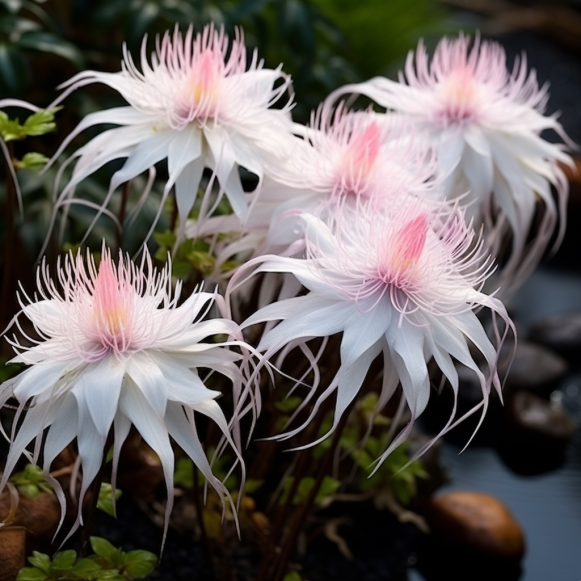Rare Northern California wildflower designated endangered

Lassics lupine, a small wildflower found in only two areas of Northern California, was added to the Endangered Species List on Thursday. According to those who have studied the flower, this listing is much needed, and the species requires action to prevent extinction.
“It’s so darn beautiful,” said Dave Imper, a retired botanist and the petition’s lead author.
Imper estimates that the population of the remote mountains on the border of eastern Humboldt County and Trinity County is less than 1,000 people. According to a press release issued by the US Fish and Wildlife Service, the agency has designated approximately 512 acres of habitat in the Six Rivers National Forest as critical habitat for the flower.
Previous Six Rivers National Forest managers, according to Imper, were not on board with conservation efforts to protect the flower, which he describes as the major issue in the last decade.
“In one case, they actually worked against us from doing some of the management that we thought was needed,” he stated.
Now, he says, the newer forest supervisor is more involved in efforts to protect the species, and he hopes the designation will put the flower on the U.S. Forest Service’s priority list. The state’s Department of Fish and Wildlife previously listed Lupine Lassics as endangered, but the plants live on federal land. The plant’s largest population grows in a steep mountain environment within a designated wilderness zone.
“It’s important to have as many interested parties involved,” Imper stated.
Conservation efforts have included research and the installation of cages around the tiny plants to protect the seeds from mice. Imper stated that two Cal Poly Humboldt analyses concluded that the species would be on the verge of extinction if these efforts were not made. Rodents are a major issue because as trees and shrubs grow in, more mammals enter the area and eat the seeds, preventing the plant from spreading.
According to the US Fish and Wildlife Service, other threats to the species include catastrophic wildfires and less moisture due to drought caused by climate change.
“Because it has such a narrowly defined range, any habitat loss represents a serious threat,” Vicky Ryan, assistant field supervisor with the Arcata Fish and Wildlife Office, said in a prepared statement.
According to Imper, one location for the flower is about 40 feet by 40 feet, while the other is spread out over a couple of acres. The flowers are pollinated by three different types of native bees.
“The reality is, we can’t cage out small mammals forever, it’s just too labor intensive, too expensive,” Imper stated.
The plants are at the top of the mountains, and with climate change pushing their habitat higher up, causing droughts and limiting the snowpack that higher elevation plants require for water, Imper believes that finding new areas to establish seeds is the best way to save the flower. He claims that birds and mammals cannot spread the seeds, and a Cal Poly Humboldt graduate student is currently researching potential new locations for the plant.
When a fire burned through the habitat around 2015, combined with two years of drought, the flower suffered greatly. Imper stated that it was now down to less than a hundred plants. The petition was created in collaboration with the Center for Biological Diversity, Sydney Craothers, and the California Native Plant Society at the time. For the past 20 years, the North Coast chapter of the society has worked to protect the species.
Following the fire, a large germination event occurred, restoring the population to an above-average level. They don’t know why it happened, but Imper says it’s a “great hope” for the flower, bringing the population to 1,500.
In 1983, Tom Nelson, a Eureka resident and long-time curator of Humboldt State’s herbarium, discovered the Lassics lupine.






